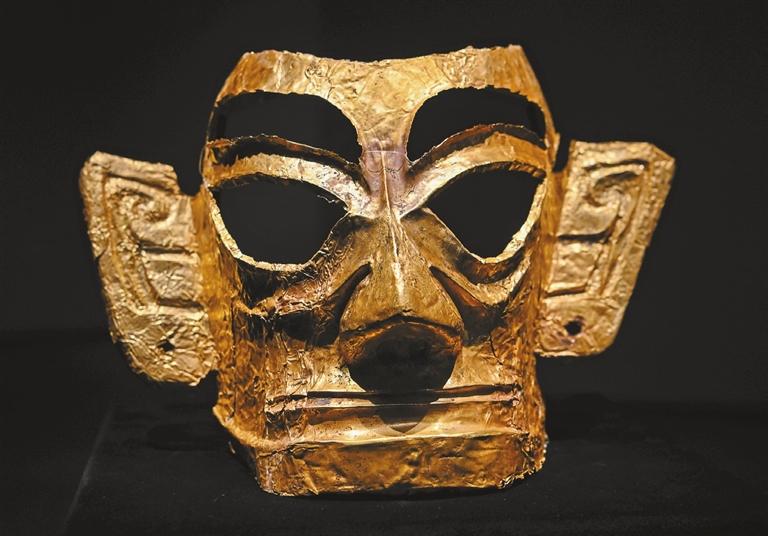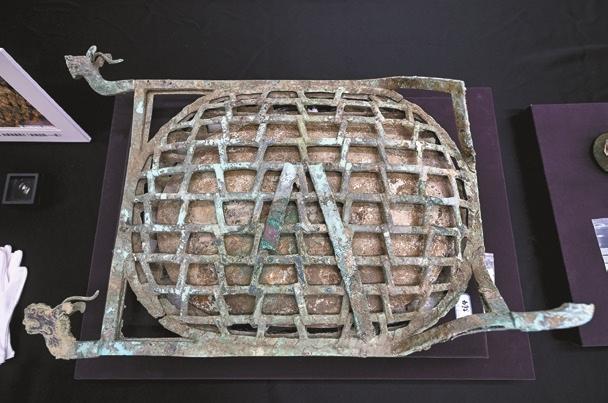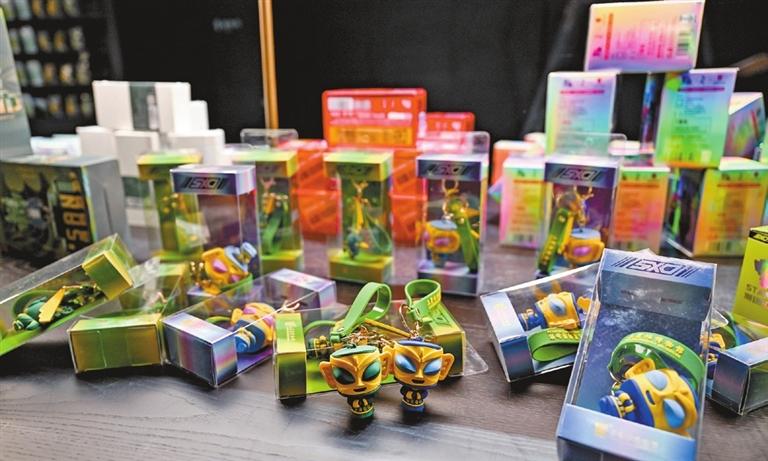





THE new building of the Sanxingdui Museum in Guanghan City, Southwest China’s Sichuan Province, started trial operation July 27, with nearly 600 relics unearthed from the renowned Sanxingdui Ruins displayed to the public for the first time. Located beside the old museum building, the new facility has a total construction area of 54,400 square meters, five times that of the old one. The new venue consists of three exhibition areas. The first area shows different periods of the excavation work lasting for nearly a century, while the second space offers a comprehensive overview of the Shu Kingdom’s natural environment, urban planning, handicraft industry and social classes through the analysis of existing ruins and unearthed relics. The third area displays sacrificial relics which demonstrate the belief systems and sacrificial rituals of the Shu people. A total of more than 1,500 pieces or sets of relics, including pottery, bronze, jade and gold wares are showcased in the new building, which has an exhibition area of 22,000 square meters. Among the highlights are the 3.96-meter-tall sacred bronze tree, golden masks, and bronze standing figurines, all dating back around 3,000 years. More than 300 relics were newly excavated from the sacrificial pits No. 3 to No. 8. Many other relics were unveiled to the public for the first time, including a bronze bird-footed deity statue, a turtle back-shaped item featuring grid patterns, a statue of a squatting man with his head turned to one side, and many other items unearthed in recent years. The design of the new exhibition venue makes full use of archaeological elements from the Sanxingdui Ruins site, such as a glass curtain wall that imitates the almond-shaped eyes of masks and facial statues, and the sun shields on the outside of the building painted the color of bronze. The application of technologies and a well-designed exhibit layout ensures a captivating and immersive experience for museum-goers. Notably, glasses-free 3D technology allows visitors to share the perspective of archaeologists at an excavation site, enabling them to relish the enthralling moment when a relic is freshly unearthed. All the artifacts of the old museum building have been relocated to the new facility. The cultural relic conservation and restoration hall will remain at its original site, adjacent to the museum buildings. Visitors can see the restoration process of these artifacts at the hall. According to Zhu Yarong, deputy director of the Sanxingdui Museum, the newly exhibited content meticulously sorts out the archaeological achievements at Sanxingdui from the past decades, presenting it as a vivid example that showcases the unified yet diverse origins of Chinese civilization. Discovered in the late 1920s, the Sanxingdui Ruins have earned the reputation of being one of the world’s greatest archaeological findings of the 20th century. The ruins covering an area of 12 square kilometers are believed to be the remnants of the ancient Shu Kingdom which had its heyday around 3,000 years ago. (Xinhua, CGTN) | 
